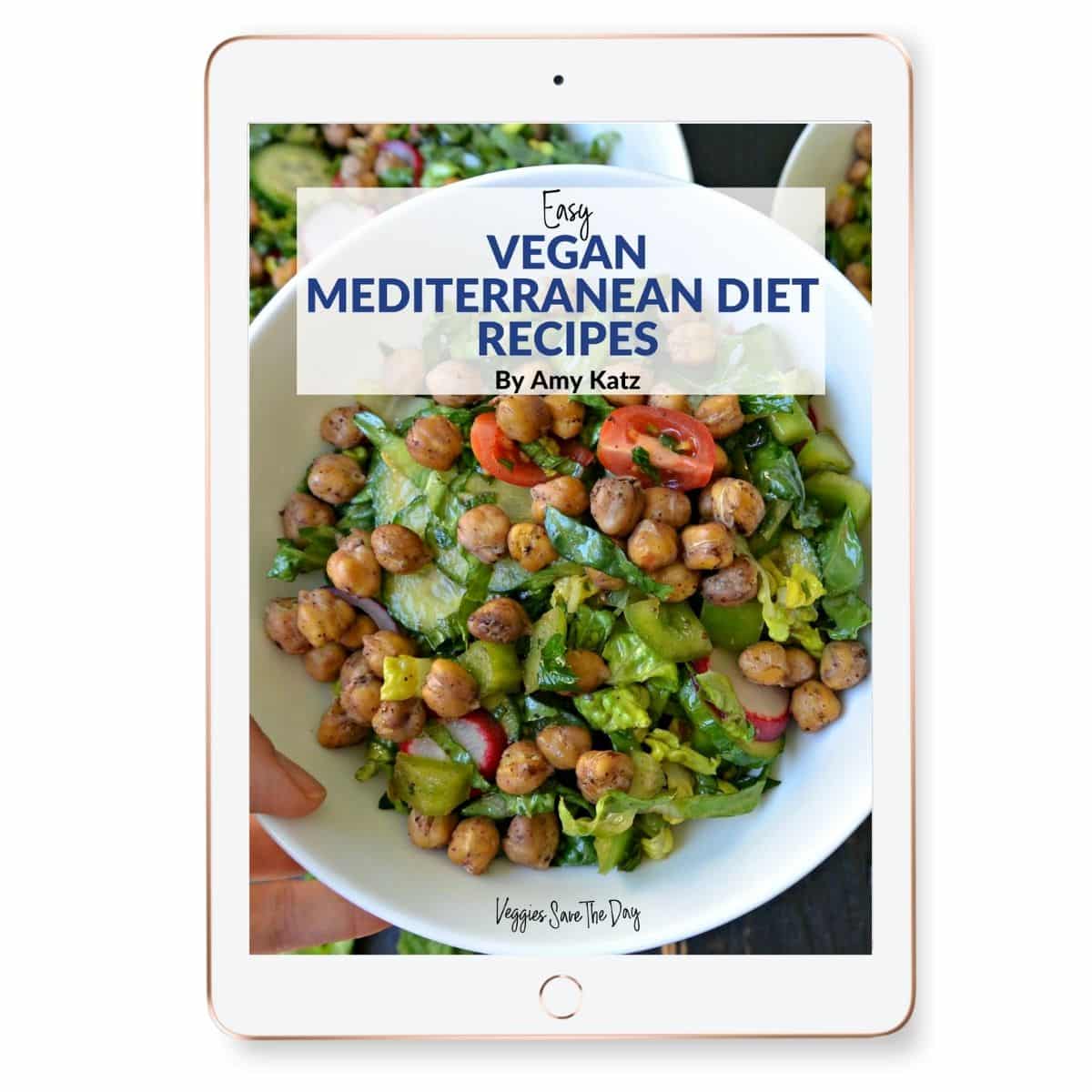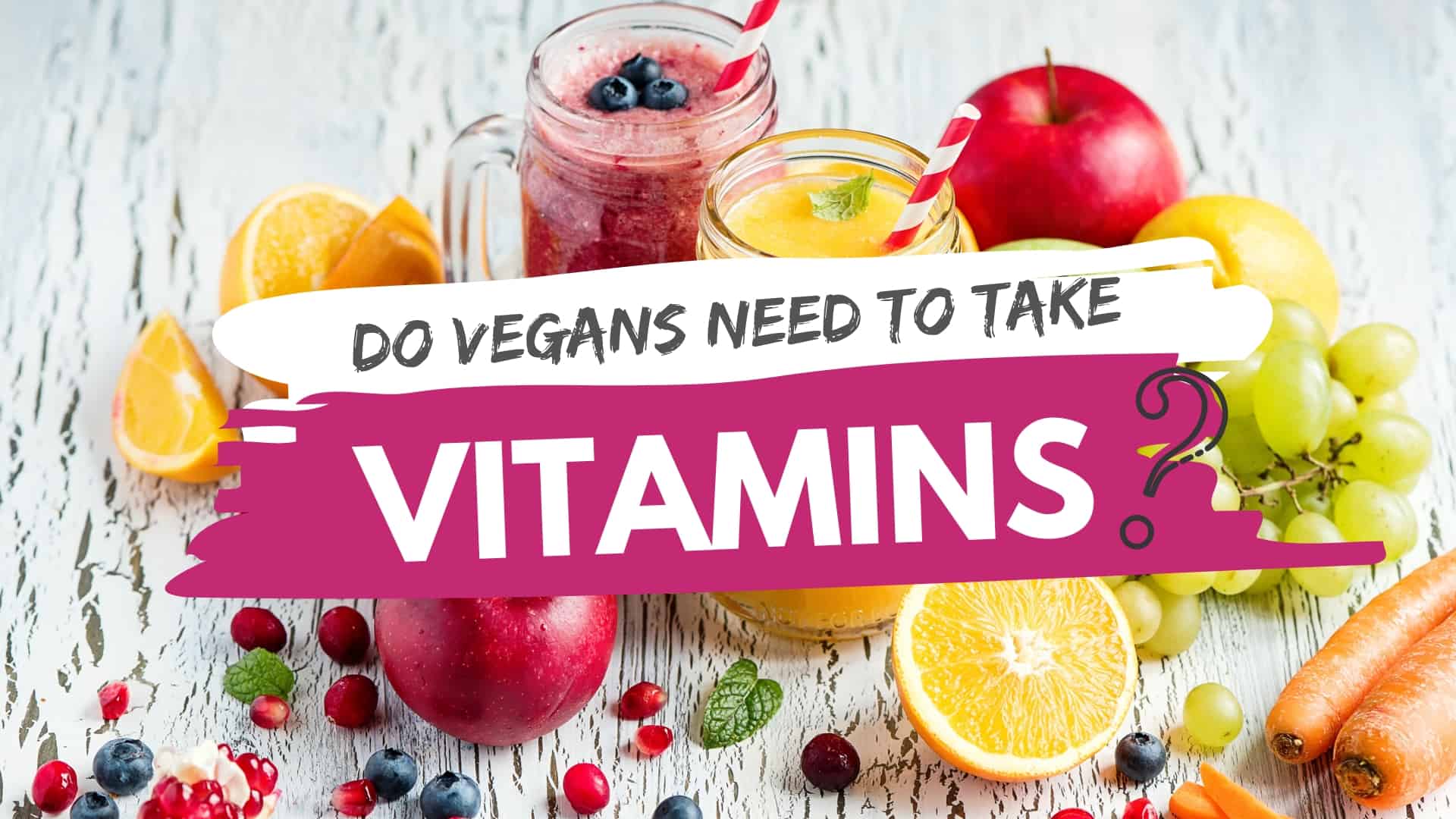
Many meal delivery services offer vegetarian meals, so if you aren't able to cook or have time to prepare them, they can be delivered to your home. Hungryroot and Veestro are just a few. Each offers different kinds of meals that you can personalize to your tastes.
Hungryroot
Hungryroot could be the right choice if you're in search of a service that delivers vegetarian meals to your door. Hungryroot offers several subscription options and allows you to personalize the delivery menu. Each subscription comes with three to four different recipes and is designed to be simple to prepare, with a minimal amount of ingredients. And, since you can choose the days of your delivery, you can tailor your subscription to meet your specific needs.
Hungryroot subscription plans are priced according to the size of your boxes. Subscriptions of greater size cost about $60 while those with smaller boxes will cost $59 to $59 less. Each box includes three to five meals, as well as a couple snacks. Hungryroot will send you your box for either one week or one whole month. You can cancel your subscription at anytime.
Sprinly
Sprinly offers delivery of vegetarian and vegan meals. Its weekly meals are organic, and curated by nutritionists to provide the best nutrients. Each meal comes with information about the ingredients and the nutritional content. Customers can also choose whether to have their meals warm or cold.

Each menu includes a short summary, ingredients list, nutritional facts, and allergen icons. Sprinly ships only to certain areas of the United States. However, they are currently expanding their reach to other countries.
Veestro
Veestro does not offer the only vegetarian meal delivery option. Its founders love food and believe that food is everything. This is why they strive to use only the best ingredients in their meals. Service is also committed towards their customers and will work hard to make them satisfied.
Veestro meals use only natural ingredients. They also do not contain refined sugars or processed carbohydrates. You may also choose to remove certain nutrients. Meals generally contain between 260-800 calories. Veestro meals arrive in medium-sized, insulated boxes. The meals are kept in dry ice and the nutritional information is printed on the packaging. They can be reheated in your microwave or on the stovetop. The cook time will vary depending upon the recipe.
Daily Harvest
Daily Harvest is a vegan and vegetarian meal delivery company that uses plant-based ingredients. The original idea behind Daily Harvest was to provide smoothie delivery services. Since then, flatbreads, salads and soups have been added. The company only uses recipes that have been developed by nutritionists to ensure you are satisfied and feel your best. The labels clearly list all ingredients so you can easily identify what's in each meal.
Daily Harvest charges the same price as other delivery services for meals. Even though the portion sizes of Daily Harvest are not large, they provide enough food for one person. Customers who place larger orders and first customers can get discounts. Daily Harvest is an excellent choice for vegans and busy professionals.

Sakara Life
Sakara Life may be the perfect choice if vegetarian meal delivery is something you are looking for. The company offers delicious meals that come ready to eat. Every meal is based on science and the whole-food plant-based diet. Ingredients include organic wholegrains, protein from plants-based sources, as well as superfoods that are high in nutrients. They are also organic, gluten free, and free from GMOs. Sakara Life also offers cleansing services and some dietary supplement options. Sakara Life is clearly targeted at women, and the company has a similar vibe to Goop, Elle or Women's Health.
Customers can make changes to their account and their meal program at any time, either online or by calling customer service. They can also swap meals if they do not like a particular meal. Sakara Life should be notified in advance if there are any changes to your meal plans.
FAQ
How do I know what's good for me?
Listen to your body. When it comes to your body's needs for exercise, food, or rest, it is the best. To avoid overdoing it, it's important that you pay attention to what your body is telling you. You must listen to your body to ensure you are healthy.
How can I lower my blood pressure
It is important to first understand what high blood pressure is. Next, take steps that will reduce the risk. You can do this by eating less salt, losing weight, or taking medication.
It is important to ensure that you get enough exercise. If you don’t have enough time to exercise regularly, consider walking more often.
A gym membership is a good idea if you don't like how much exercise your doing. A gym that has other members who share your goals will be a good place to start. It is easier to adhere to a fitness routine when someone else will be there with you.
What causes weight loss as we age?
How do you know if your bodyweight changes?
When the body has less fat than its muscle mass, it is called weight loss. This means that daily energy needs must be greater than the calories consumed. The most common cause of weight loss is decreased activity levels. Other factors include stress, pregnancy and hormonal imbalances. If there is more body fat than muscle mass, then weight gain can occur. It happens when people consume more calories in a day than they actually use. The most common causes are overeating, increased activity, hormonal changes, and excessive calories.
We consume fewer calories that we burn. This is why we lose weight. By exercising regularly, our metabolism rates increase which in turn burns more calories during the day. But this doesn't guarantee that we'll lose weight. The important thing is to see if we're losing or gaining muscles. We will lose weight if we burn more calories than we consume. However, if you consume more calories than you burn, you'll end up storing them for fat.
As we get older, we tend not to be as mobile and move as fast. We also tend not to eat as much food as we used to when we were younger. As a result, we gain weight. On the flip side, we tend to have more muscle mass so we look bigger than we really are.
If you don't weigh yourself every week, there's no way of knowing how much weight have you lost. There are many ways you can measure your weight. There are several ways to check your waist size. Some people prefer using bathroom scales and others prefer tape measures.
If you want to track your progress, you should try weighing yourself once a week and measuring your waistline once a month. You can also take images of yourself every few weeks to see how far it has come.
You can also find out how much you weigh by looking up your height and weight online. If you are 5'10" tall, and you weigh 180 lbs, then you would probably weigh 180 lbs.
What is the best way to live a healthy lifestyle?
Healthy lifestyles include eating healthy food, regular exercise, good sleep, and avoiding stress. These guidelines will help you live a long, healthy life.
Start small by changing your diet and exercising routine. If you're looking to lose weight, walk for 30 minutes each morning. Or, if you want to get more active, take up swimming or dancing. A Fitbit or Strava online program that tracks your activity can be joined.
Statistics
- nutrients.[17]X Research sourceWhole grains to try include: 100% whole wheat pasta and bread, brown rice, whole grain oats, farro, millet, quinoa, and barley. (wikihow.com)
- The Dietary Guidelines for Americans recommend keeping added sugar intake below 10% of your daily calorie intake, while the World Health Organization recommends slashing added sugars to 5% or less of your daily calories for optimal health (59Trusted (healthline.com)
- This article received 11 testimonials and 86% of readers who voted found it helpful, earning it our reader-approved status. (wikihow.com)
- According to the 2020 Dietary Guidelines for Americans, a balanced diet high in fruits and vegetables, lean protein, low-fat dairy and whole grains is needed for optimal energy. (mayoclinichealthsystem.org)
External Links
How To
What does the word "vitamin" mean?
Vitamins are organic compounds found naturally in food. Vitamins aid us in absorbing nutrients from the food we eat. Vitamins are not made by the body, so they must be obtained through food.
There are two types if vitamins: water soluble, and fat soluble. Water-soluble vitamins dissolve in water easily. Vitamin C,B1(thiamine), B2 (2riboflavin), and B3 (3niacin), as well as vitamin C,B1, B2 (riboflavin), and B3 (niacin), vitamin B6 (pyridoxine), vitamin folic acid (biotin), pantothenic, and choline are examples. Fat soluble vitamins are stored in the liver and fatty tissue. Some examples include vitamin D and E, K, A, beta carotene, and A-vitamins.
Vitamins are classified according to their biological activity. There are eight major groups of vitamins:
-
A - Vital for healthy growth.
-
C – essential for proper nerve function.
-
D - essential for healthy teeth and bones.
-
E - required for good vision & reproduction.
-
K - Essential for healthy muscles and nerves.
-
P - vital for building strong bones andteeth.
-
Q – aids digestion and absorption.
-
R - Required for red blood cell production
The recommended daily intake (RDA), of vitamins varies with age, gender and physical conditions. RDA values are set by the U.S. Food and Drug Administration (FDA).
For adults 19 years and over, the RDA vitamin A intake is 400mg/day. Because it is essential for the development of the fetus, pregnant women should consume 600 micrograms per days. Children ages 1-8 require 900 micrograms per day. For infants younger than one year, 700 micrograms are required daily. However, this number drops to 500 micrograms each day for children aged 9-12 months.
Children aged 1-18 years need 800 micrograms daily, while children overweight require 1000 micrograms per days. Children who are severely obese or underweight will need 1200 micrograms each day.
Children 4-8 years old with anemia will need 2200 mg of vitamin D daily.
2000 micrograms are required daily for good health in adults over 50. Mothers who are pregnant, nursing, or have a high nutrient need will require 3000 micrograms a day.
Adults over 70 years of age need 1500 micrograms per day since they lose about 10% of their muscle mass each decade.
Women who are pregnant, nursing or breastfeeding need more than the RDA. Pregnant women need 4000 micrograms per dayduring pregnancy and 2500 micrograms per day after delivery. Breastfeeding mothers need 5000 mg per day when breastmilk is being produced.